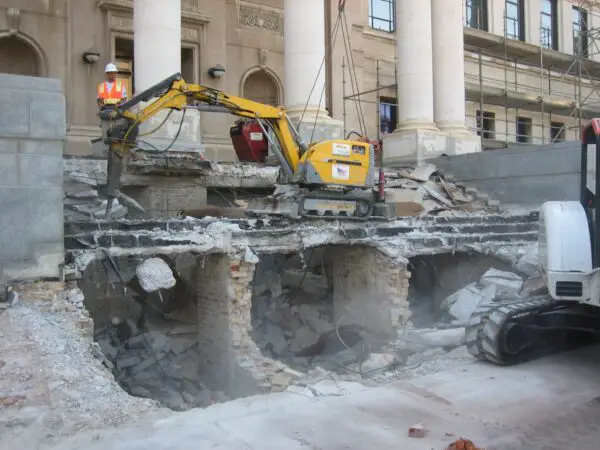Post-Tensioned concrete – Benefits
Post-tensioned concrete is an advanced method of reinforcing concrete elements like slabs, beams, and walls. It involves tensioning high-strength steel strands inside plastic ducts cast into the concrete during construction. Using hydraulic jacks, technicians stretch the steel cables to over 70% of their tensile capacity after the surrounding concrete has cured. This puts the concrete…






